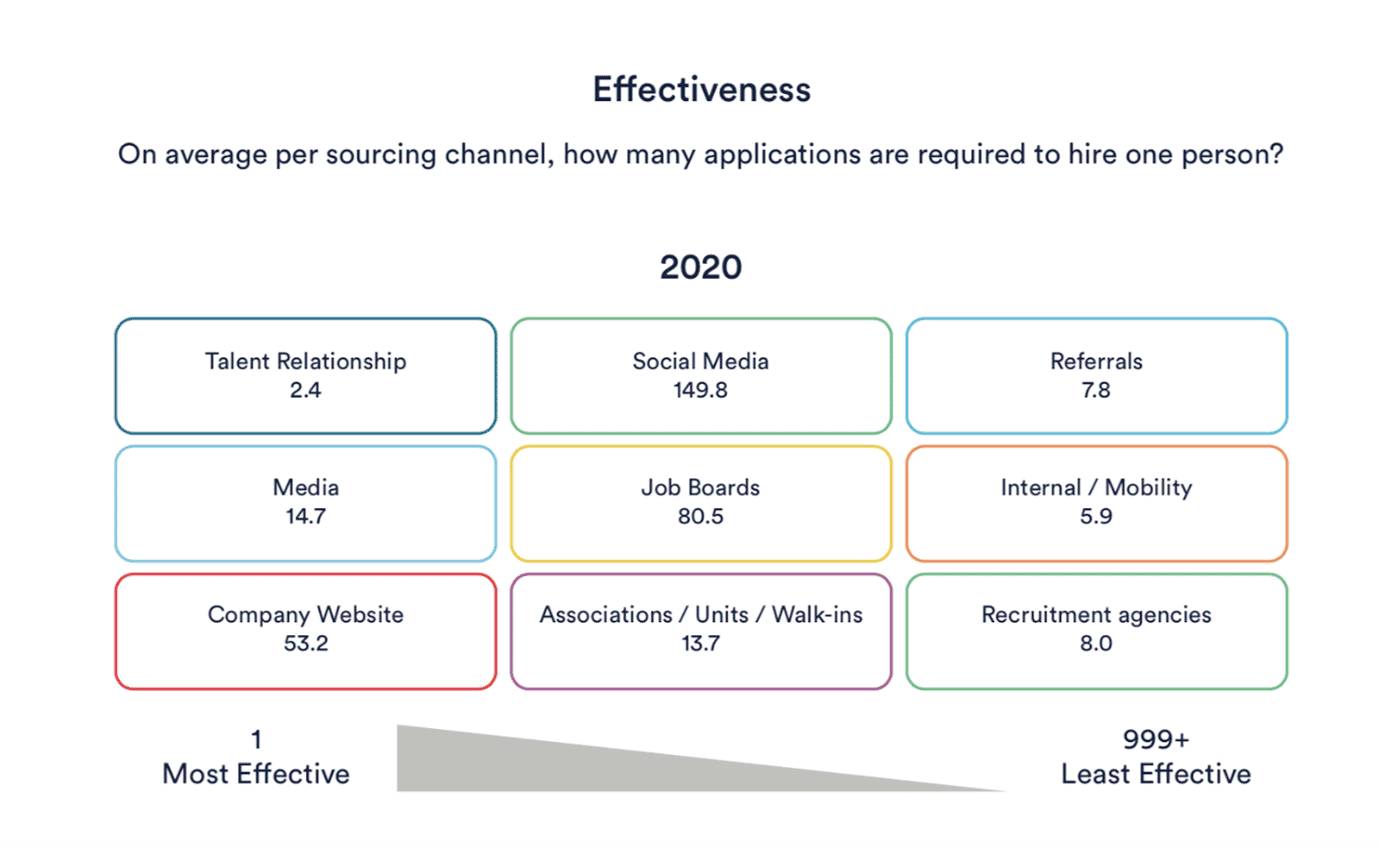Quality of Hire
Does this conundrum still prevail?
There seemed to be a consensus in our discussion that monitoring and managing the quality of a hire is still incredibly difficult. There is no exact science and so there are several anecdotal metrics that are considered and it would seem that these are generally only crudely recorded – speed to competency / retention / performance reviews / promotions / tenure and feedback surveys (both candidate and hiring manager) seem to be the most common. It is true that the quality of a hire can be quite a complex formula bespoke by company as there are so many different facets to be considered.
Two challenges were raised by the group. The first, that there is a general move away from formalised performance reviews in people management. As such this removes one of the elements that a recruitment function might leverage to understand quality. The second, highlighted by Tom Baker, is management capability – the TA team can make a “great” hire and if they are not managed or led well, then their performance will simply not be optimised, and they will become a “not so great” hire very quickly.
Coming from a consultancy I was interested to gauge a sense of how the source of hire is recorded and whether this factored when considering quality. It was interesting to understand that this is not often tracked – monitored, yes, but not tracked.
There was an interesting article in Forbes that quoted some data from PageUp looking at key recruitment metrics for 2021. One of these was talent source effectiveness.
It is no surprise that the most effective external source of talent is through referrals and this was agreed by all. Referrals are technically and culturally pre-screened to a high level, likely given a “warts n’ all” insight into the organisation and the referee’s reputation is at risk so success is high.
Direct sourcing should be highly effective too if it is done well. As Paul Powell mentions, “a good in house recruiter will understand both their capability and their limitations and therefore utilise the right solutions to achieve the desired outcome”. Proactive in house teams that approach passive candidates and take these candidates on an open and honest journey of discovery should be extremely successful. Where this does not work is when in house teams do not understand their limitations and blanket advertise roles that they do not wholly understand and are unable to manage the volumes of response, resulting in poor outcomes and brand reputational damage.

